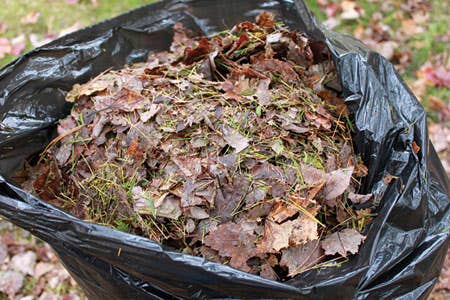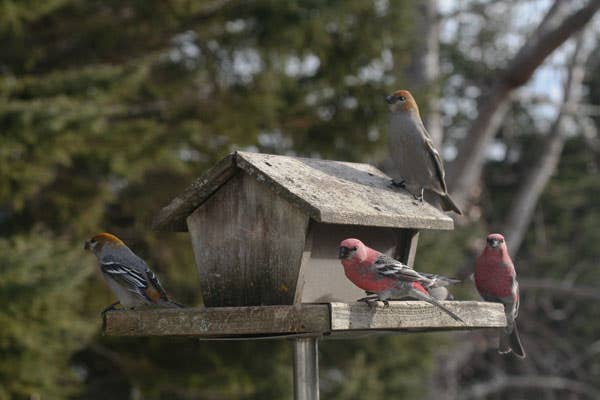Citrus Mealybug
The citrus mealybug is a major greenhouse and houseplant pest. In subtropical climates, this sucking insect is also a problem outdoors.
NAME: Citrus Mealybug (Planococcus citri)
BIOLOGY: These insects are soft-bodied, slow moving and tiny. Short waxy threads surround the margins of their orange to purple bodies, which are dusted with a white powdery wax coating. Citrus mealybugs have a lifespan of 60–80 days.
The adult female lays 300–600 eggs in a protective waxy sack beneath her body and dies. In 6–14 days, the flattened, light yellow nymphs, or crawlers, hatch and move in search of places to feed. Often, mealybugs congregate in tight hard-to-reach areas such as leaf axils or buds. They feed by sucking plant sap and begin exuding a white waxy covering over their bodies. Unlike their scale insect relatives, which remain stationary, mealybugs move freely—albeit sluggishly—to other locations throughout their lifecycle. There are usually several overlapping generations.
SYMPTOMS: Sticky, shiny leaves that are yellowing, wilting, and dropping are a sign of heavy infestations. The honeydew excreted by mealybugs may be colonized by black sooty mold fungi when humidity levels are high. The honeydew also attracts ants, which transport the mealybugs to uninfested plants. Light infestations can be identified by small tufts of cotton on the undersides of leaves, in leaf axils, and on shoot tips.
CONTROL: Quarantine any affected plant in a separate room. Individual mealy-bugs can be daubed with a cotton swab dipped in rubbing (70 percent isopropyl) alcohol. Alternatively, judiciously prune out infested leaves or stems. Heavily infested plants are best discarded.
Effective insecticides include insecticidal soaps, horticultural oils, azadirachtin (neem], pyrethrin, and canola oil (Scott's Nature's Care Houseplant & Garden Insect Killer and Schultz Garden Safe Houseplant & Garden Insect Spray], Alternatively, try a systemic insecticide, such as dacloprid + cyfluthrin (Bayer Advanced Rose & Flower Insect Killer Ready-To-Use).
In greenhouses, Cryptolaemus montrouzieri, a black and orange lady beetle from Australia, can be released as a biological control. The wingless larvae of these predators produce white waxy filaments, and so resemble their prey, although they are about twice as large.







